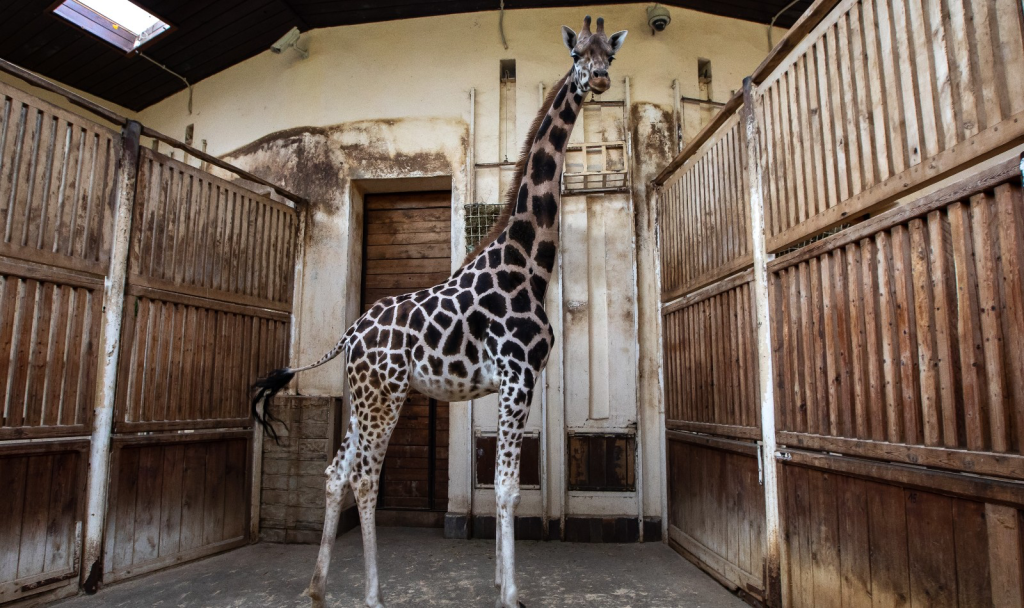
Zoos have long been a popular destination for families and animal enthusiasts, but their role extends far beyond mere entertainment. Modern zoos are at the forefront of animal conservation efforts, playing a crucial role in preserving endangered species and educating the public about wildlife.
One of the key functions of contemporary zoos is their involvement in breeding programs for endangered species. Many zoos collaborate on global initiatives to increase the population of animals at risk of extinction. For example, the Giant Panda breeding program has seen significant success, with several pandas being reintroduced to the wild as a result.
Additionally, zoos are vital in habitat preservation efforts. They often participate in or fund projects aimed at protecting natural habitats, ensuring that animals have a safe environment to thrive in their native regions. Zoos also conduct research on animal behavior and health, which can lead to better care practices and contribute to conservation strategies.
Education is another critical aspect of a zoo’s mission. By providing interactive exhibits and informative presentations, zoos raise awareness about the challenges wildlife faces and inspire visitors to support conservation efforts. This educational role helps foster a greater appreciation for wildlife and encourages public involvement in protecting animal species.
In summary, zoos are far more than just places to view animals; they are essential players in global conservation efforts, working to ensure a future where both animals and their habitats can flourish.